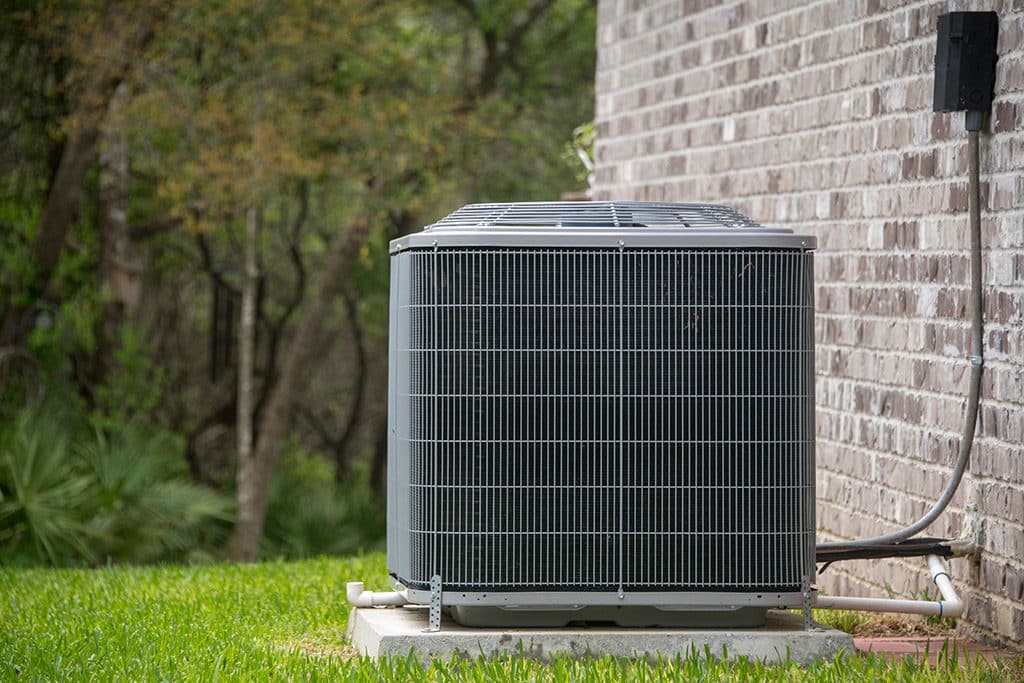
5 Essential Parts of an HVAC System | Heating and AC in Fort Worth, TX
If we ask you, what is the most essential thing needed to survive during the scorching hot summer and the freezing winter of Fort Worth, TX?
We are sure your answer would be the Heating, Ventilation and Air Conditioning (HVAC) system.
But, do you know the essential components that make up your house’s system of heating and AC in Fort Worth, TX?
If your answer to this question is no, then we suggest you stack up your knowledge in this domain. This is because a basic understanding of the components and working of an HVAC system will help you in maintaining your system properly. Furthermore, you will be able to identify if there is something wrong with your system. Early diagnosis saves the system from suffering further damage.
Below we have provided the 5 major components that make up your HVAC system.
1. Heat Exchanger
The heat exchanger is an essential part of your furnace. It is responsible to cater to your heat needs by warming the air when thermostat senses that the room temperature has dropped below the defined level. This component is present in every type of heat exchanger including the ones powered by the electricity. The heat exchanger is susceptible to cracks and other such damage, therefore, it is manufactured from strong stainless steel. Some of them even have a special duct to increase the efficiency of the system.
Heat exchanger faults are quite serious because they can lead to hazards such as carbon monoxide leakage. This gas causes nausea, headaches and excess exposure can result in death as well. You can avoid these hazards by having gas detectors and getting your system for heating and AC in Fort Worth, TX maintained by a professional technician.
2. Blower Motor
After the air is sufficiently heated by the heat exchanger, it is forced into your house by a fan powered by a blower motor. This air first passes through the ductwork, then enters the air registers and finally reaches your room. To ensure that the warm air from the duct and the heat exchanger enters your room, the combustion process ends before the blower motor stops.
If your system has a variable speed motor, then it will run at different speeds at different times based on your house’s heating requirement. This increases the efficiency of the system and hence, reduces electricity bills. Furthermore, this motor gains speed gradually which reduces the noisiness of the system. It is also quite helpful in removing humidity during the summer season. Keeping these benefits in mind, we suggest you upgrade the blower motor of your system of heating and AC in Fort Worth, TX to increase efficiency and decrease energy bills.
3. Combustion Chamber
Combustion chamber or burner is the component where your furnace provides oxygen to the fuel to enhance its combustion. The cycle of the system starts when a mixture of gas and air enters the combustion chamber. A glow stick or a pilot light turns on which burns this mixture in presence of more air flowing into the burner.
Glow sticks are the modern electronic ignition systems which turn on automatically. Whereas, pilot lights are manual and you have to relight it if it goes out. Nowadays, pilot lights are obsolete and can only be found in older systems. They are hazardous as well because they release carbon monoxide when they go out. Therefore, if your system of heating and AC in Fort Worth, TX is still using a pilot light, then you need to upgrade to a glow stick.
4. Compressor or Condenser Coil
This component is an essential part of your system of heating and AC in Fort Worth, TX. It is usually placed outside of the house or on the rooftops. It is responsible to release the heat gathered from your house into the outdoor environment. It does this by compressing the heated air into a condensed liquid. It is assisted by a fan which blows air over it to cool the refrigerant and disperse the heat.
The condenser of your system for heating and AC in Fort Worth, TX is equipment that requires maintenance and cleanliness at frequent intervals to ensure efficient functionality. Its faults are quite costly to repair and negligence can result in system failure.
You can ensure efficient working of your system for heating and AC in Fort Worth, TX by rinsing its condenser with a garden hose, at least once a year. If you notice a reduction in cooling capacity, then you should call a repair technician for heating and AC in Fort Worth, TX to avoid a major fault.
5. Evaporator Coil
The evaporator coil of your HVAC system is placed inside its indoor air handler. Your unit converts the refrigerant from a liquid to a gaseous state by spraying it from a series of expansion valves or small nozzles. This gas absorbs heat from your house and decreases its temperature.
One of the major issues faced by a condenser coil is condensation which promotes the growth of mold. Dust, dirt and other such pollutants also accumulate in it. These contaminants can reduce your house indoor air quality and give birth to a number of diseases such as sinus infection. Refrigerant leakage can lead to ice formation on the condenser coil which will reduce the efficiency of your system for heating and AC in Fort Worth, TX.
If you want to have your system for heating and AC in Fort Worth, TX checked by experts, then get in touch with One Hour Heating and Air by clicking here. They will detect minor issues and resolve them before they turn into something massive.


